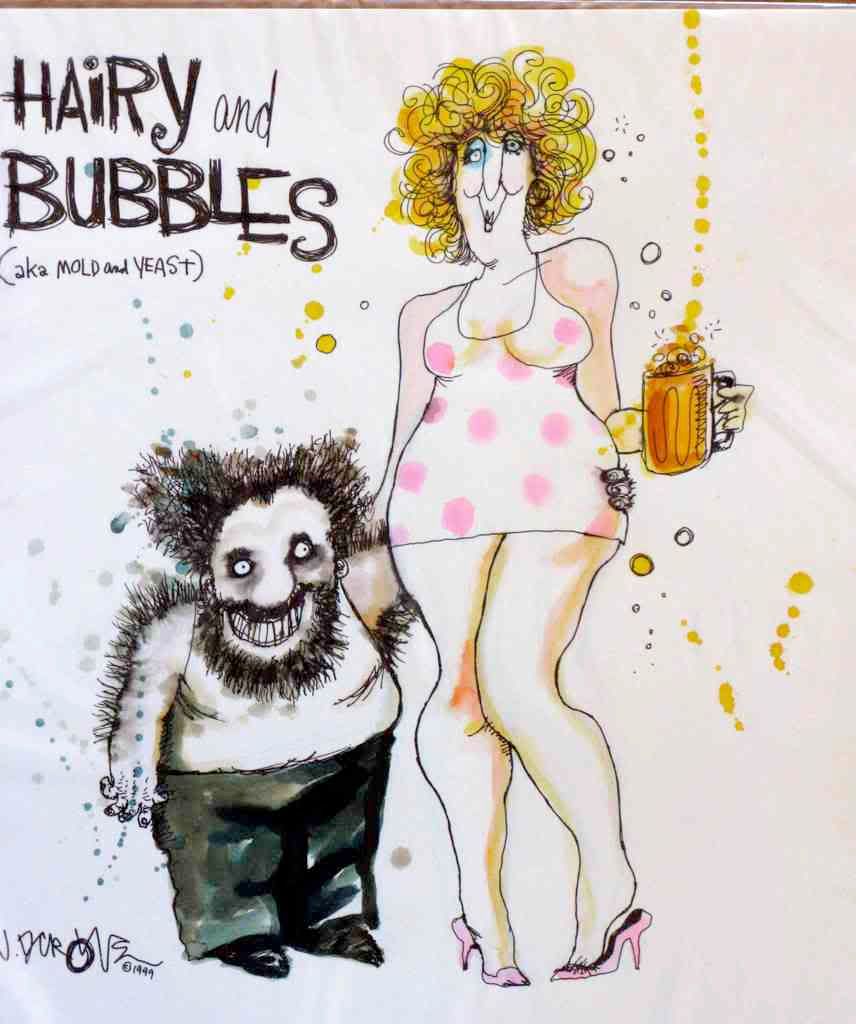 December 21, 2008
December 21, 2008While consumers can take certain steps to reduce melamine migration in their own kitchens, most incidental – as opposed to deliberate – addition of melamine to food probably takes place on the farm, in processing plants, and in food service kitchens.
Down On the Farm
Cyromazine is an EPA-approved pesticide, used to control insect populations on field crops destined both for human food and for animal feed. EPA has established residue limits for cyromazine in a variety of fruits, legumes and vegetables, including corn, lettuce, beans, mangoes and tomatoes.
The limits range from a low of 0.2 ppm in dried onion bulbs to as much as 10 ppm in cabbages and turnip greens for human consumption. Radish (roots or greens) and corn destined for animal feed must have no more than 0.5 ppm cyromazine.
Why should we care about cyromazine? Because plants and animals metabolize cyromazine – producing melamine as a result.
This metabolic process is well known to EPA and to the international regulatory community. Until recently, however, the possible accumulation of small amounts of melamine in plant or animal tissue was treated as insignificant.
The use of cyromazine – and other chemically related pesticides – on crops is not the only way in which melamine can enter our food supply on an industrial scale.
Sanitizer Insanity
It is an axiom of good food handling practice in processing plants and food service kitchens. Every surface, utensil, dish, cup, or pair of gloved hands that comes into direct contact with food must be sanitized periodically to avoid transferring bacteria or viruses onto the food.
This is a sound principle. Unfortunately, one of the sanitizers approved by EPA for food contact surfaces is the melamine derivative, trichloromelamine (TCM). When dissolved in water, TCM breaks down to release chlorine – an effective sanitizing agent – and melamine.
According to H&S Chemical Company, TCM is used in a number of different applications, including:
- "third sink" sanitizer in bars and restaurants
- hard surface disinfectant in food service areas
- sanitizer/disinfectant in the brewing industry
- by the US Army as a disinfectant for fruit and vegetable wash
Other "advantages" of TCM touted by Leedah, Inc., an Atlanta-based importer and distributor of chemicals, are:
- no need to rinse off
- safe for use in child care centers
- direct and indirect food-contact sanitizer
- non-toxic and biodegradable
JohnsonDiversey, offers TCM in pre-packaged pouches for the food service industry. BeerClean® sanitizer pouches are marketed for use as a final glassware rinse in bars. Sani-Sure® pouches are promoted as a "last tank" sanitizing rinse for dish ware and utensils.
The Bottom Line
Until the lethal twin melamine poisoning incidents of 2007 (pet food) and 2008 (adulterated milk), toxicology experts around the world considered melamine to be of minimal health concern. That attitude, clearly, is changing. And so must our tolerance of melamine traces on our tableware, on our utensils, and on food contact surfaces – and in our food!





Traceback is needed ,get ready with www.scoringcontainers.com
ReplyDelete